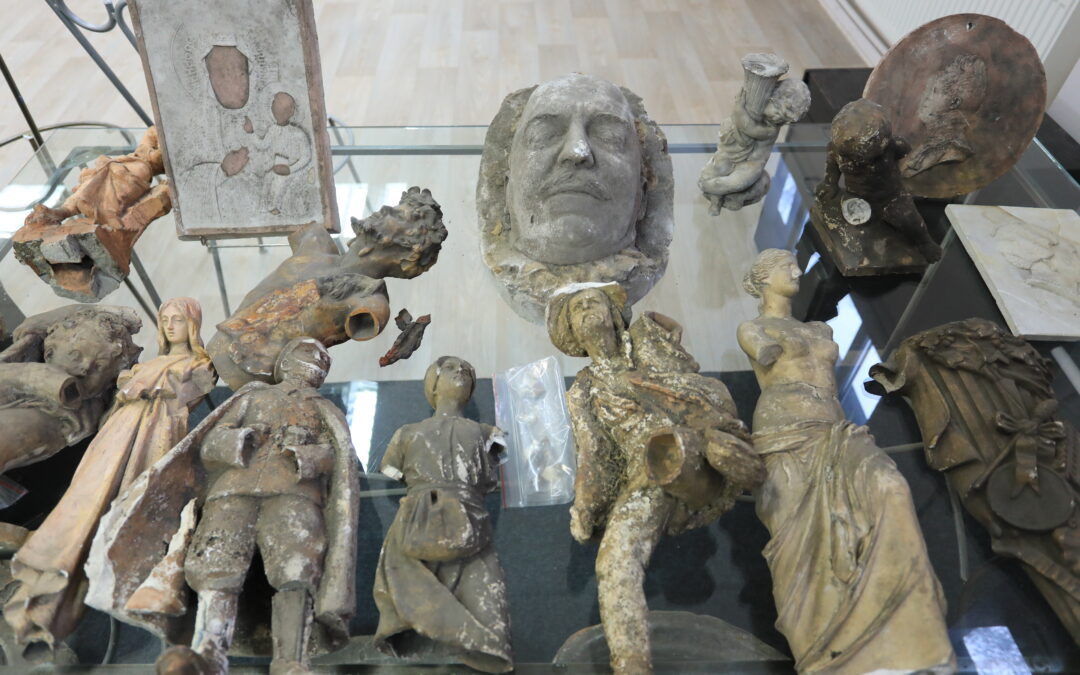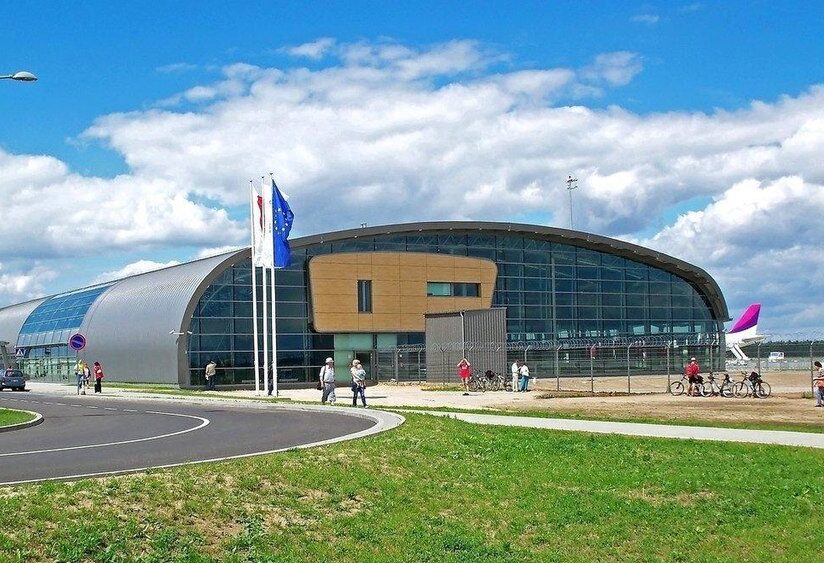A collection of 130 historic plaster models of sculptures and plaques dating as far back as the 19th century have been unearthed in Warsaw, including one used to produce the death mask of an assassinated president.
The models had been hidden for decades in the attic of the former studio of the Łopieński Brothers, who from 1862 ran a prominent family business producing forms in bronze, silver and precious metals. Their discovery was announced by Michał Krasucki, the city’s conservator.
Among the items is a cast of the death mask of Gabriel Narutowicz, who in 1922 became Poland’s first president after the country regained its independence but was assassinated just five days after assuming office.
Another of the plaster models was used to make a commemorative medallion for Władysław Reymont, a Polish novelist who won the Nobel Prize in Literature in 1924.
The find also includes the cast of a medal for the setting up of the monument to Józef Poniatowski, a Polish general, and a commemorative plaque for Wojciech Korfanty, a 20th-century statesman.
The models had been hidden for decades until they were discovered in a warehouse on Boruty Street near the Wschodni train station in Warsaw. “Nobody knew about them. Until now,” wrote Krasucki.
The warehouse belongs to a decorative article wholesaler, Regnum, whose owners, Małgorzata and Janusz Nadolski, had previously rented a property on Hoża Street between 1996 and 2000 that previously housed the Łopieński Brothers’ foundry.
While at the Hoża property, Janusz Nadolski had discovered the works in a 1.5-metre tall attic. “We didn’t touch them, but when we were moving out in 2000, we ascertained that whoever comes after us could destroy it all,” he told Gazeta Wyborcza.
With his wife and daughters, Nadolski moved the bubble-wrapped gypsums to Boruty Street. “They stayed here for another 20 years. We hid them in the back of the warehouse and just forgot about them,” the family told TVN24.
Years later, the family saw a television programme about the Łopieński studio and decided to contact Anna Łopieńska-Lipczyk, the granddaughter of the founders. She has revived the family business after it was nationalised in 1950 and went bust in the 1990s.
“Everyone was surprised that the plaster survived two world wars and the Warsaw Uprising, and most of them were in good condition,” said Nadolski.
Łopieńska-Lipczyk has confirmed the authenticity of the plaster models and on 13 December handed over the collection to the city authorities.
According to Krasucki, some of the works were made by famous sculptors, including Antoni Madeyski, Stefan Chmielarski, Stefan Pillati, Marian Sługocki and Konstanty Laszczka. “It is an amazing find not only in Warsaw but also in the whole country,” he told TVN24.
He said he would begin talks with the capital’s museums about putting the collection on display. “The most natural place for them seems to be the Museum of Warsaw,” he said.
“The collections will serve to educate the next generations of conservators” as well as serve as “excellent research material for art historians who study Warsaw sculpture, utility sculpture or medallic art”, said Krasucki.
Main image credit: Jacek Marczewski / Agencja Wyborcza.pl

Maria Wilczek is deputy editor of Notes from Poland. She is a regular writer for The Times, The Economist and Al Jazeera English, and has also featured in Foreign Policy, Politico Europe, The Spectator and Gazeta Wyborcza.




















